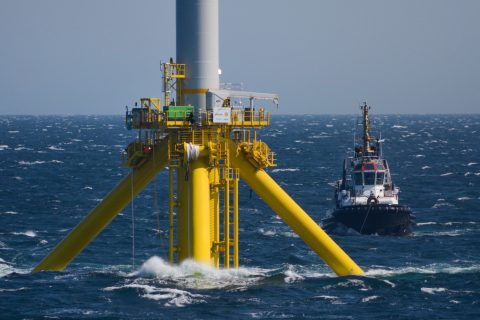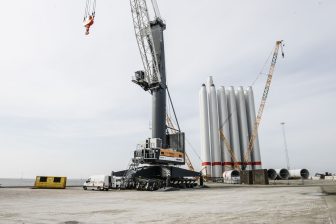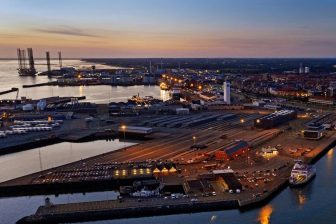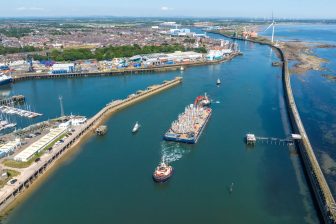
Maine selects spot for floating offshore wind hub
The State of Maine has picked the state-owned Sears Island section as the preferred site for a port facility to support the floating offshore wind industry. The decision comes as a response to the industry demand and as an attempt to establish Maines’s place in the growing sector.
The selection of the site follows an extensive public stakeholder process led by the Maine Department of Transportation and Maine Port Authority to consider the State’s primary port development options, including multiple potential sites in the Port of Searsport, the Port of Eastport, and the Port of Portland.
The State concluded that the Sears Island parcel is the most feasible port development site in terms of location, logistics, cost, and environmental impact based on input from the port and offshore wind stakeholders, including the University of Maine, and technical and engineering analyses.
Sears Island is a 941-acre island off the coast of Searsport. In 2009, Sears Island was, by agreement, divided into two parcels: approximately 601 acres, or two-thirds of the island, was placed in a permanent conservation easement held by the Maine Coast Heritage Trust, while the remaining one-third, or approximately 330 acres, was reserved by MaineDOT for future development.
The site selected by the State today is expected to be about 100 acres in totality, which is about one-third of the State-owned parcel or a little more than one-tenth of the entire island.
The proposed port would be a purpose-built facility for floating offshore wind fabrication, staging, assembly, maintenance, and deployment. With deepwater access to the port development site, Maine has the potential to establish a premier location for the industry and help meet growing demand in the U.S. for offshore wind port infrastructure.
The Maine Offshore Wind Roadmap, released one year ago, determined a port facility is a priority for unlocking Maine’s opportunity in offshore wind to create good-paying jobs, spurring broad economic development, and generating abundant clean electricity to stabilize energy costs and reduce reliance on fossil fuels.
You just read one of our premium articles free of charge
Register now to keep reading premium articles.




